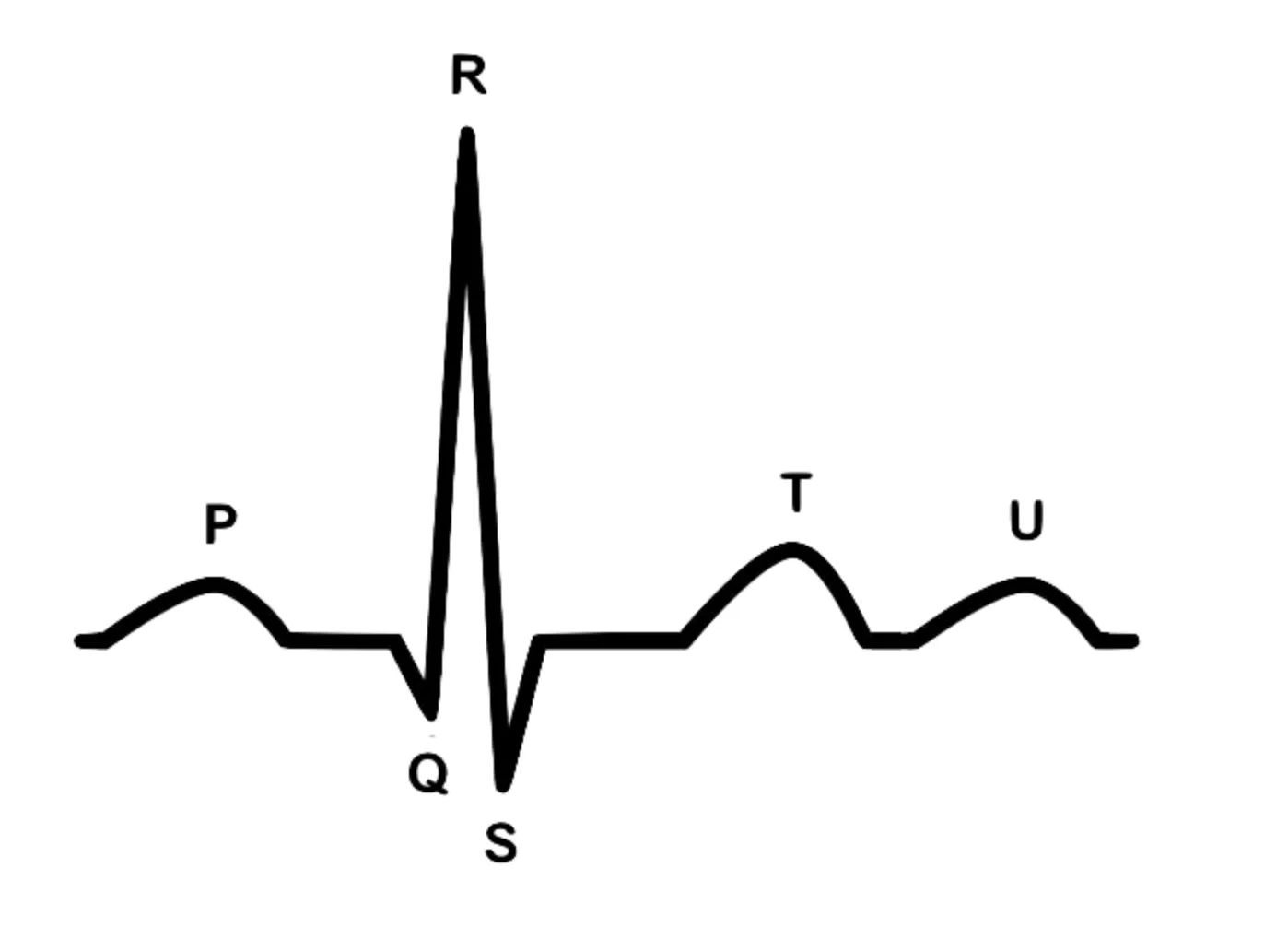How To Ace Your ACLS Exam - Study Tips

Advanced Cardiac Life Support (ACLS) is a necessary credential for most health care providers, particularly those in emergency medicine.
This certification ensures that those delivering patient care remain current on all the latest life saving techniques. Each year, tens of thousands set out to pass their ACLS.
If you happen to be one of these individuals, we’ve got a few study tips and tricks that just might help you land at the top of your virtual class.
Memorize The Algorithms
A good part of your exam will involve the different ACLS algorithms associated with how to respond to various medical situations you will eventually face as a health care provider. And these algorithms aren’t just something you’ll have to know in order to pass your ACLS exam.
Committing them to memory can mean the difference between life and death.
How you actually memorize them is up to you, but doing so is essential if you are going to do well on your test and in your future career.

Review Case Scenarios

Another significant portion of your ACLS exam will cover certain cases that simulate scenarios you will likely encounter during your career.
Review these until you are able to recognize the signs, symptoms and treatment protocol for each specific situation.
There’s no way to know which specific scenarios will appear on your exam, so familiarizing yourself with several is recommended.
Learn Medications and Doses
In addition to memorizing algorithms, you’ll also need to be able to identify the medications and doses that correspond to various medical situations.
There’s no right or wrong way to study these, but one popular method involves the use of mnemonic devices. For instance, a good way to remember the proper treatment protocol for Bradycardia is to memorize the phrase: “Pacing Always Ends Danger,” which corresponds to: “Transcutaneous Pacing, Atropine, Epinephrine, and Dopamine.”
Remember Your H’s and T’s
Learning the H’s and T’s of ACLS is strongly recommended.
These letters represent the possible causes that may be present in a medical situation. They are as follows:
H's
- Hypoxia
- Hypovolemia
- Hydrogen Ion (Acidosis)
- Hyper or Hypokalemia (Potassium)
- Hypothermia
T's
- Tension Pneumothorax
- Tamponade (Pericardial Tamponade)
- Toxins
- Thrombosis (Pulmonary Embolus)
- Thrombosis (Acute Coronary Syndrome)
Get to Know Basic ECGs
The ability to understand and react appropriately to ECGs is a huge component of the ACLS exam.
A person’s heart rate and rhythm are essential elements of any situation requiring ACLS training.
If you haven’t already become familiar with ECGs, you’re going to want to do so before taking your certification exam. Try our Basic Guide To ECG Interpretation for a quick refresher.

Conclusion
Passing your ACLS certification exam doesn’t have to be a huge hurdle, provided you have the right tools and take the appropriate approach to your test preparation.
The study tips above should help get ready and give you the confidence you need to ace your exam on the first try!
.png)
Stay compliant with ProMed+
Certifications included: ACLS, BLS, PALS, CPR & Neonatal Resuscitation
Unlimited continuing education: over 200 hours of accredited CME
All-inclusive: One price. No surprises.
Get certified today





